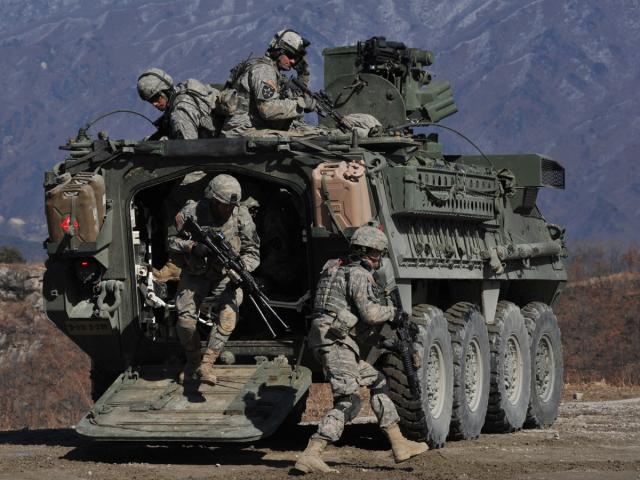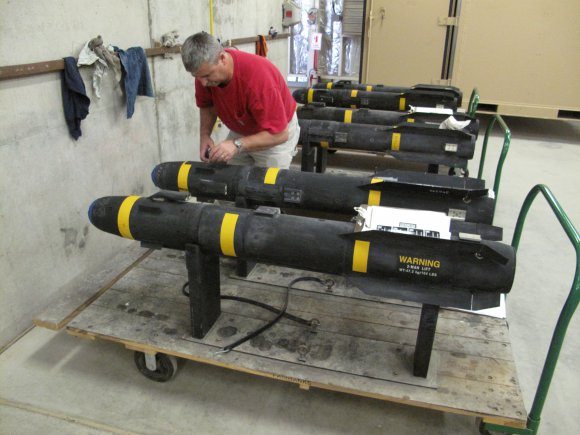South Korea’s military announced it would stage land, sea and air exercises near the tense sea border with North Korea to mark the first anniversary of Pyongyang’s deadly artillery attack.
The shelling of a border island on November 23, 2010 was the first attack on a civilian-populated area in the South since the 1950-53 war. It sparked outrage in the South and provoked worldwide alarm.
Two Marines and two civilians were killed when the North launched 170 shells or rockets at Yeonpyeong island near the contested Yellow Sea borderline, briefly sparking fears of all-out war.
The barrage damaged or destroyed dozens of homes and other buildings and sent terrified islanders fleeing to the mainland.
Tensions have eased slightly in recent months but the South vows to hit back hard with artillery and air power for any fresh attack.
Wednesday’s drill will simulate a response to a new bombardment of Yeonpyeong and to an attempted landing on Baengnyeong, another border island, Seoul’s Joint Chiefs of Staff (JCS) said Tuesday.
It aims to test the effectiveness of any retaliation after Seoul’s military was widely accused of a weak response one year ago.
The JCS said the drill would involve Marine artillery units permanently based on Yeonpyeong, jet fighters armed with ground-attack missiles and a 4,500-ton destroyer. The army would also be put on full alert.
“If North Korea carries out another reckless provocation, our joint forces will sternly punish the starting point of the provocation and any support forces,” said General Jung Seung-Jo, the JCS chairman.
“We are determined to pulverise the enemy and our operations commands are more than well trained and more than capable of doing so,” he said in a statement.
Marines last year fired 80 shells at the North’s Kaemori artillery base 13 kilometres (eight miles) from Yeonpyeong, but Seoul did not launch air strikes for fear of provoking all-out war.
South Korean and US officials said the North’s bombardment was probably ordered to burnish the military credentials of Kim Jong-Un, youngest son and heir apparent of leader Kim Jong-Il.
Seoul has significantly strengthened troop levels and weaponry — including multiple rocket launchers and Cobra attack helicopters — on Yeonpyeong and other frontline islands in the past year.
The government will also spend 910 billion won ($791 million) on the five frontline islands over the next 10 years to improve living standards and strengthen civil defences.
Residents’ living, transport and educational costs will be subsidised to encourage them to stay on the islands, and housing and other infrastructure — including bomb shelters — will be improved.










